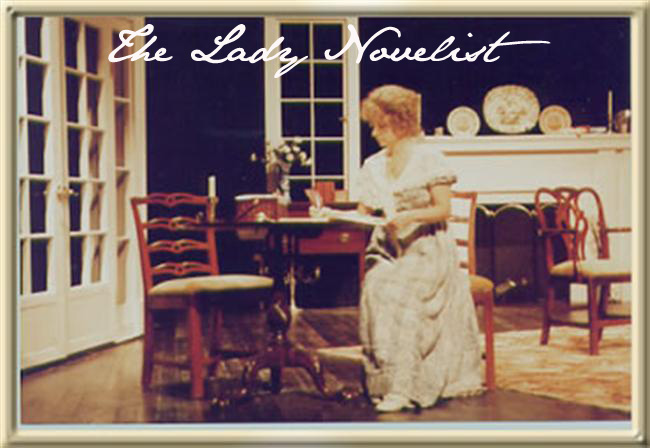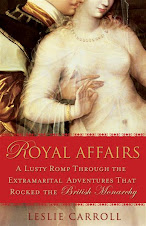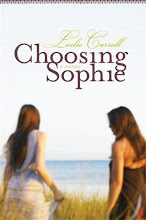I've been researching the life of Marie Antoinette for my work in progress, a novel about her early years. As Archduchess Antonia of Austria, she underwent a radical makeover during the years 1768-1770 to prepare her for her role as the future dauphine of France. Her mother, Empress Maria Theresa of Austria had been negotiating since 1766 to marry Antonia to Louis-Auguste, the dauphin of France and grandson of Louis XV of France.
To read all about Marie Antoinette's makeover, visit http://www.historyhoydens.blogspot.com/ and click on my post titled, unsurprisingly, "Marie Antoinette's Makover."
In order for Antonia to more seamlessly assimilate into the rarified and sophisticated atmosphere at Versailles, Maria Theresa imported the celebrated choreographer Jean-Georges Noverre from the Duke of Württemburg's court of Stuttgart. Noverre was a world traveler who had been the choreographer at London's Drury Lane Theatre under the management of David Garrick. Both men had very progressive views about Theatre and Dance and each was known for his introduction of "naturalism" (that term being relative, given the "method acting" styles of the 20th century) into his art. Noverre was the first proponent of the "story ballet" and strongly believed that the elements of dance within a theatrical or operatic performance be organically integrated into the whole.
Jean-Georges Noverre (1727-1810)
Among Noverre's responsibilities at the Hofburg Palace in Vienna was the instruction of the prepubescent (ages 12-13) Antonia in the flawless performance of the court dances popular at Versailles, as well as a specific form of movement that was unique to the French court, known as the Versailles Glide.
Noverre is long dead. But long live Maria Zannieri, a dance teacher, choreographer, and period dance expert located right the heart of New York City, a mere stone's throw from Macy*s. Maria and her husband John DeBlass run (and teach at) the West Side Dance Project at 260 W. 36th Street, on the 3rd floor. I have known both of them for years. When my nonprofit theatre company produced plays from the 19th century and earlier, John directed several of the productions and Maria served as the choreographer.

The incomparable Maria Zannieri and John DeBlass
So, when I decided to learn how to execute the Versailles Glide, as a "method novelist," I turned to Maria for a lesson -- and I would cheerfully suggest that other historical writers consider the same route in order to learn how their characters moved, on or off a dance floor.
There are scant clues as to how the walk was achieved. Historian Antonia Fraser describes the Versailles Glide as a "mincing step" in her acclaimed biography of Marie Antoinette. But to many people, including Maria and me, "mincing" implies lifting the feet and taking tiny steps. And we have also read that the movement was performed without lifting the feet from the floor.
Maria was convinced that the Versailles Glide is the same step performed by the Angels at the top of Act II of Balanchine's Nutcracker ballet. After visiting the New York Library for the Performing Arts at Lincoln Center and viewing a tape of the Angels' dance, I was sure she was right.
In a properly executed Versailles Glide (which was only performed by women at the French court), the lady appears to be rolling. Her feet never seem to touch the floor and yet the illusion is created by never removing the feet from the floor. The wide cages called the Grand Panniers (or big baskets) worn under yards and yards of skirts constructed with heavily embellished brocades and silks, also helped to create and maintain that illusion -- that the wearer is sailing across the floor. The body never changes levels or bounces, and the era's long corsets with their stiff busks down the center keep the torso rigid.
The shoes had a "French" or "Louis" heel, approximately 2 inches high. For actors who have worn "character" shoes, that's a good approximation of the right heel.

For my lesson, lacking the requisite grand pannier, I donned a wide petticoat, the kind one would wear under a contemporary ballgown. Maria tied a velvet skirt over it to add some weight. Then I wore a jacket with a similar sleeve and a tight armhole, which would further restrict the movement of my torso, in the absence of the appropriate corset.
Having researched the Versailles Glide prior to our lesson, Maria then demonstrated the step to me. She was wearing soft-soled jazz shoes, but showed me how to execute the step by going up to demi-pointe, on the balls of her feet, with her heels lifted slightly off the floor (even harder to do when you're wearing the 2" Louis heel. She kept her torso rigid and pitched it slightly forward, to mimic the effect of the proper corset. Keeping her thighs quiet and uninvolved in the movement she bent her knees very slightly and with her feet close together, if not touching, she began to perform the Versailles Glide, by taking tiny, rapid steps forward and then in looping swirls about the dance studio. The movement is entirely performed from the knee down.

Then I tried it. It's tricky to keep the knees soft and to put so much weight on the balls of your feet as you shuffle forward (in the most delicate way imaginable), keeping those 2" heels hovering just above the floor so they are not heard.
The main rule to remember is that the balls of the feet never leave the floor; the heels never touch it. Posture is ramrod stiff. Imagine yourself as a pull-toy on wheels and someone has a ribbon tied around your waist and is pulling you forward.
It's simple, but it's not terribly easy. And after a while you really feel the strain in your calves and your arches. It's hard to imagine how the female nobility at Versailles managed to sustain the movement for several minutes at a time as they glided along lengthy corridors and hallways.
After about an hour, I remembered what it felt like to suffer for my art.
But frankly, something as arcane or obscure as the Versailles Glide doesn't really come alive until you learn the movement and get in your muscles. And I think it can only help to feed my appreciation of what my characters were expected to endure on a daily basis. It will certainly enable me to better describe the movement now that I have lived and performed it.
Making history come alive . . . and making it fun. That's what I do. Thanks to Maria Zannieri. If you want to reach Maria and John to help you add some additional verisimiltude to your manuscript, you can phone West Side Dance Project in Manhattan or email info@joriaproductions.com.
Happy Dancing ... and Happy Writing!
Any questions?!
+for+blog+header+copy.jpg)


.jpg)
.jpg)




